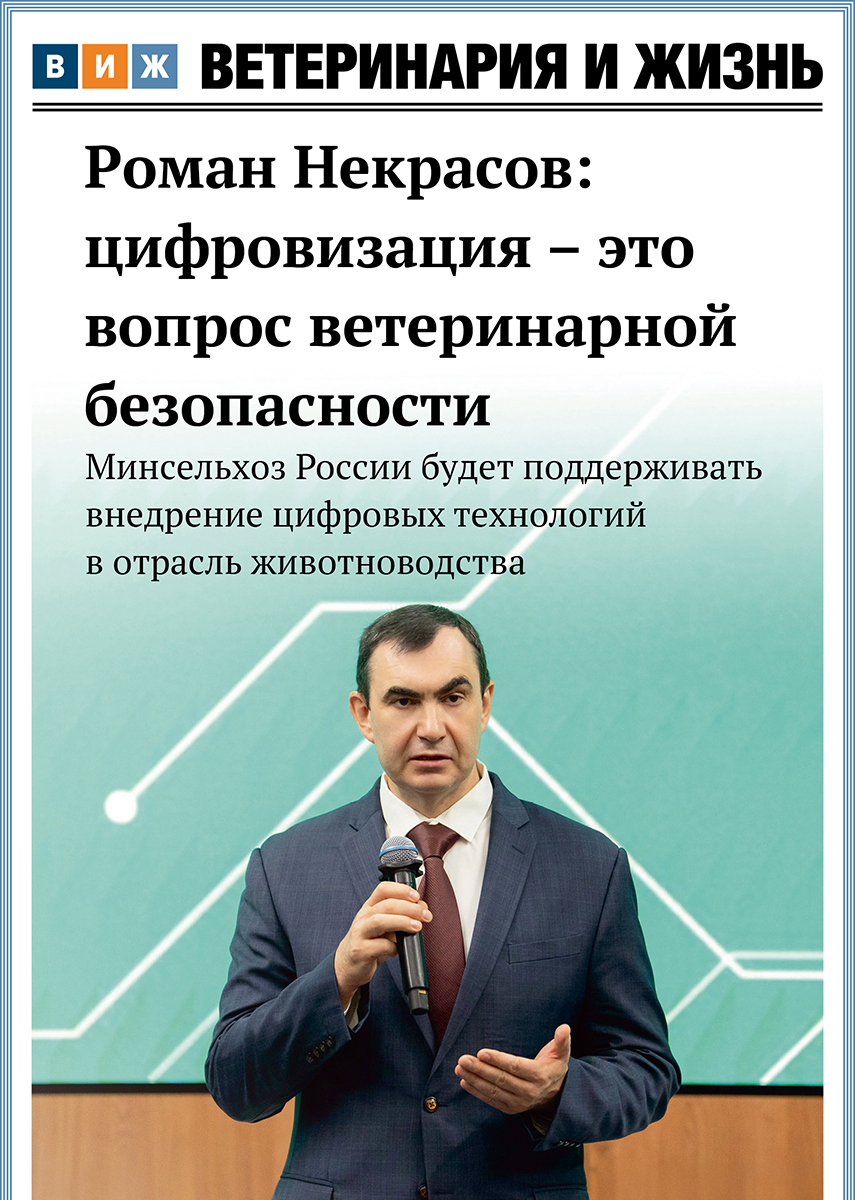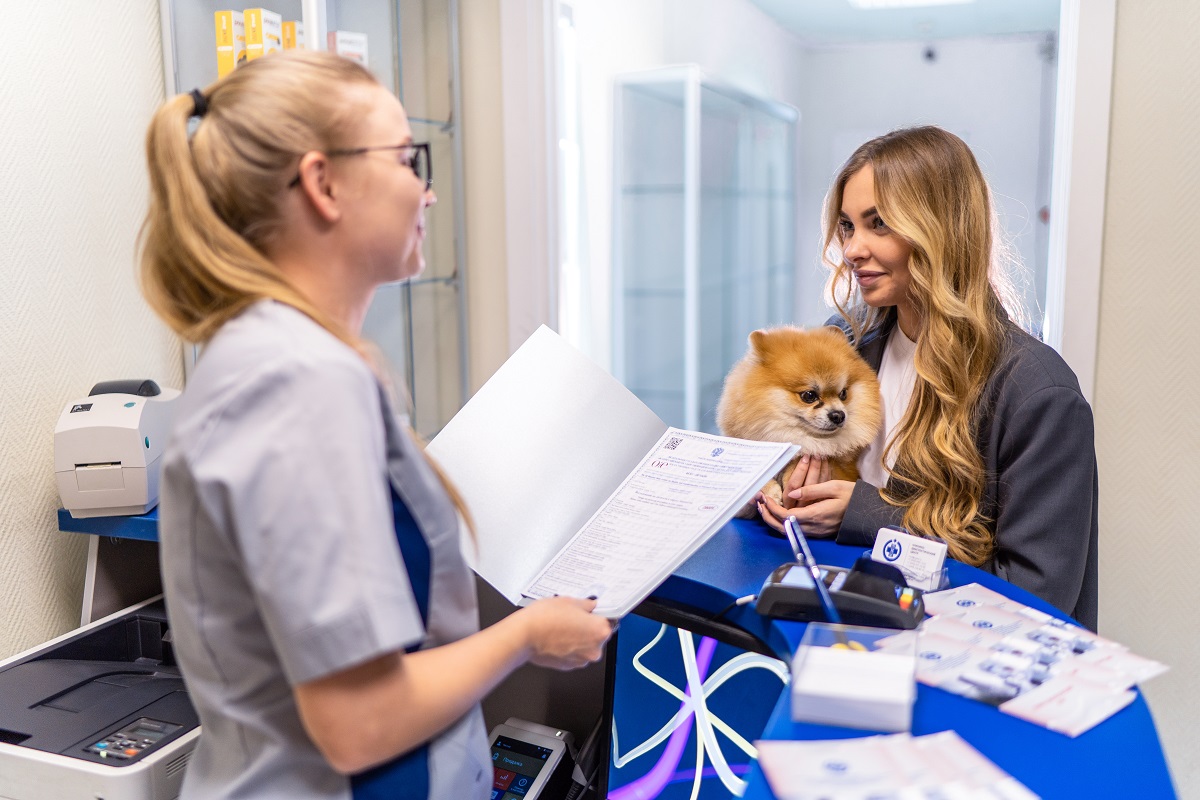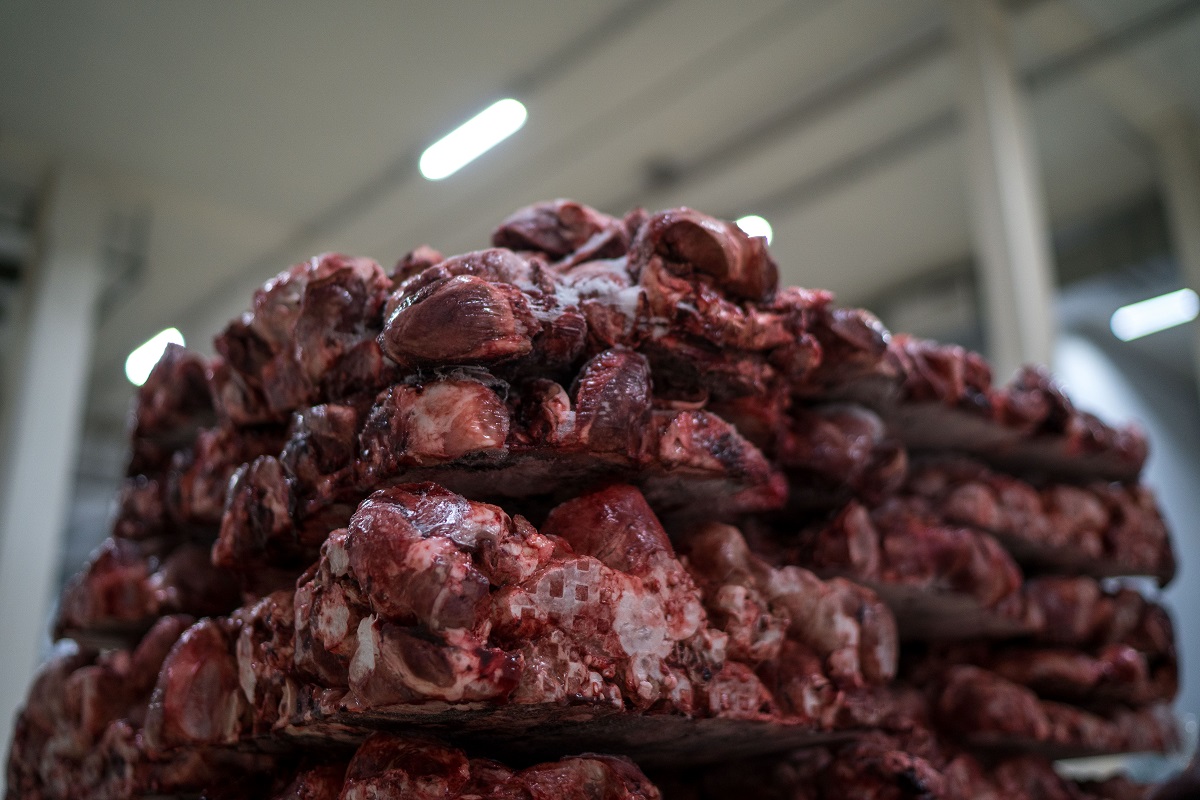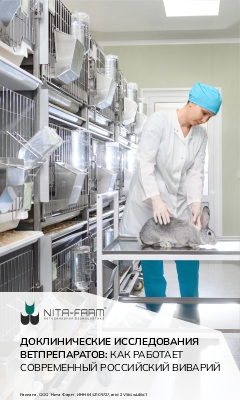On the situation in Russia
“When forecasting animal disease situation in 2023, one should note the significant risk of introduction and spread of cross-border infectious diseases, especially in the border regions of Russia,” Ilya Chvala says.
He also warned about animal disease risks associated with the special military operation. “The risks of infectious disease spread due to the movement of equipment, troops, population, domestic animals and products are especially relevant in the zone of the special military operation and surrounding areas, which requires enhanced veterinary and sanitary control,” the speaker noted.
He also added that microbiological and virological studies carried out at biological laboratories in Ukraine also require special attention. “The risks of the use of extremely dangerous, cross-border or exotic pathogens for bioterrorism purposes on Russian territory can’t be ruled out,” warned Ilya Chvala.
Every year ARRIAH experts make forecasts for the 12 most significant diseases in the Russian Federation: African swine fever, sheep pox and goat pox, lumpy skin disease, bluetongue, peste des petits ruminants, bovine spongiform encephalopathy, rabies, avian influenza, and Newcastle disease. “All of them are threatening domestic animal production,” Ilya Chvala believes.
He also reminded, that Russia is officially recognized free from a number of diseases in accordance with international animal health standards. This includes foot and mouth disease, bovine spongiform encephalopathy, contagious bovine pleuropneumonia, and Peste des petits ruminants.
“However, this situation may change dramatically, if the infection spreads from neighboring endemic states and reaches unvaccinated and nonimmune animals, while the regional veterinary services are unprepared, which can lead to the spread of the disease and loss of status,” Ilya Chvala warned.
For instance, Mongolia, which has borders with four Russian regions (Tyva, the Republic of Altai, Buryatia, Zabaykalsky Krai), in 2021-2022 reported foci of lumpy skin disease, foot and mouth disease, and Peste des petits ruminants. The expert also noted, that animal health status in Mongolia remains unknown for a significant number of diseases, such as rabies, brucellosis, anthrax, bird flu, sheep pox, and goat pox.
As for the ASF situation in Russia, the scientist forecasts further spread of the virus in case of improper wild boar population control.
Russian regions that ignore biosafety measures are still facing the risks of the emergence of new foci of highly pathogenic avian influenza (HPAI). In this case, closed-house poultry farms are also under threat, especially during wild bird migration periods, Ilya Chvala warned.
The expert noted that mandatory vaccination is required in some regions of Russia that are endemic to certain diseases. Such as rabies, for example. The situation in livestock farming, especially in the private sector, depends directly on the quality and effectiveness of seasonal vaccination of wild animals in spring and autumn.
“Even violation of requirements for conditions for bait vaccine distribution (the average daily temperature between 4-10 °C and the absence of snow cover are important) may lead to infection spreading among wild animals,” explained the expert.








